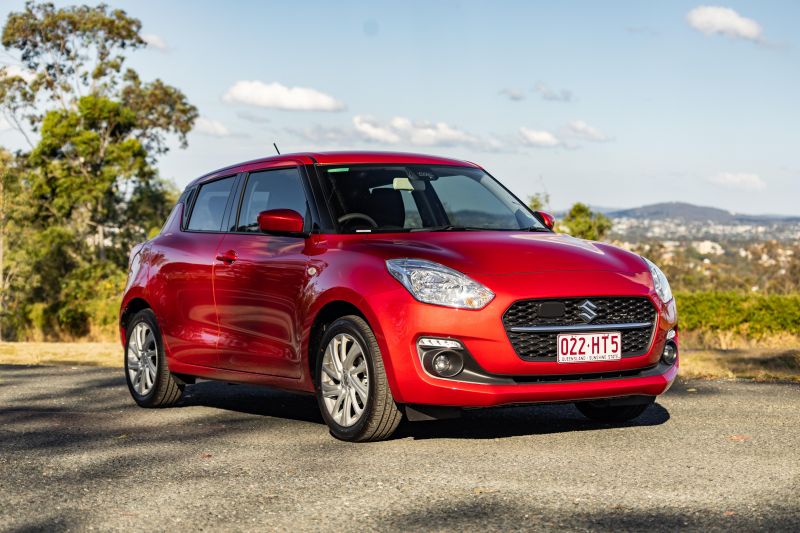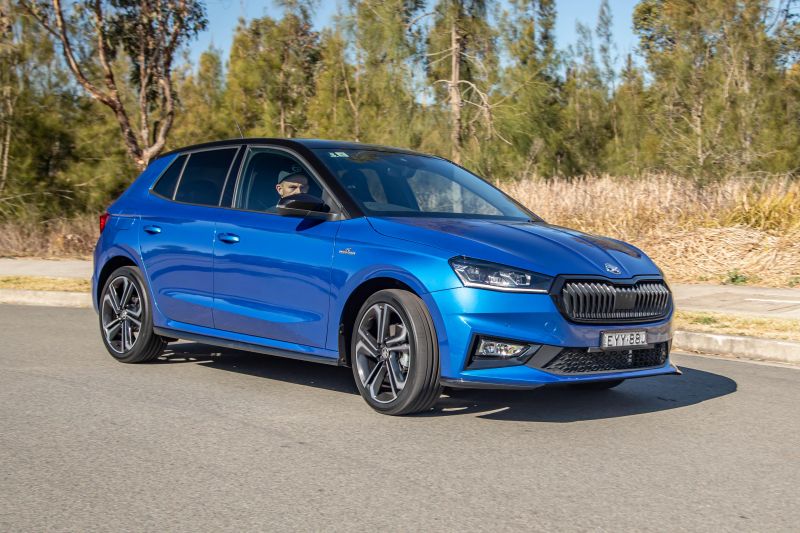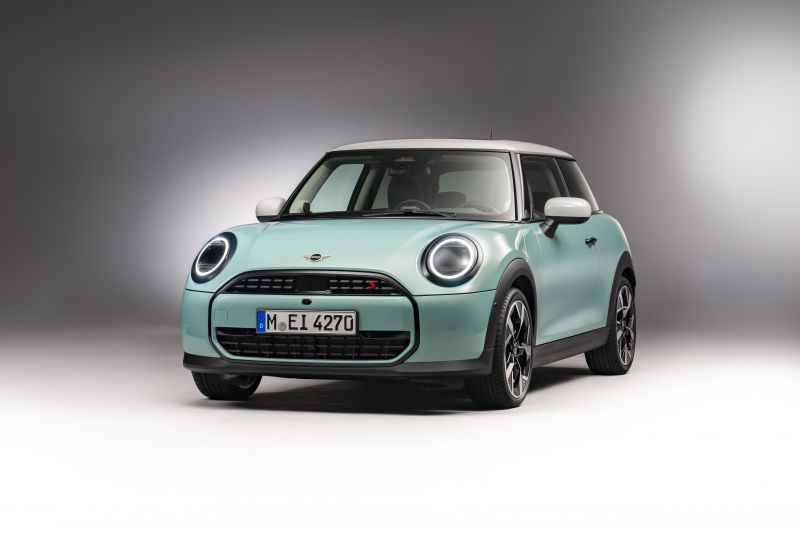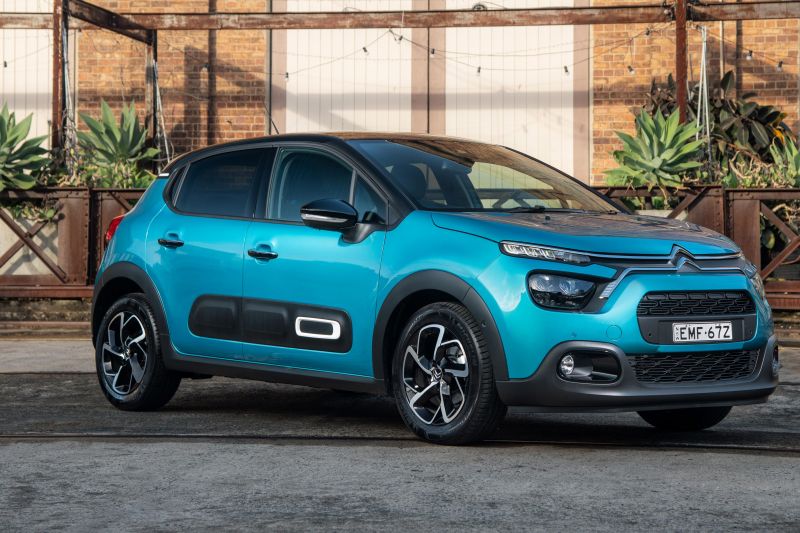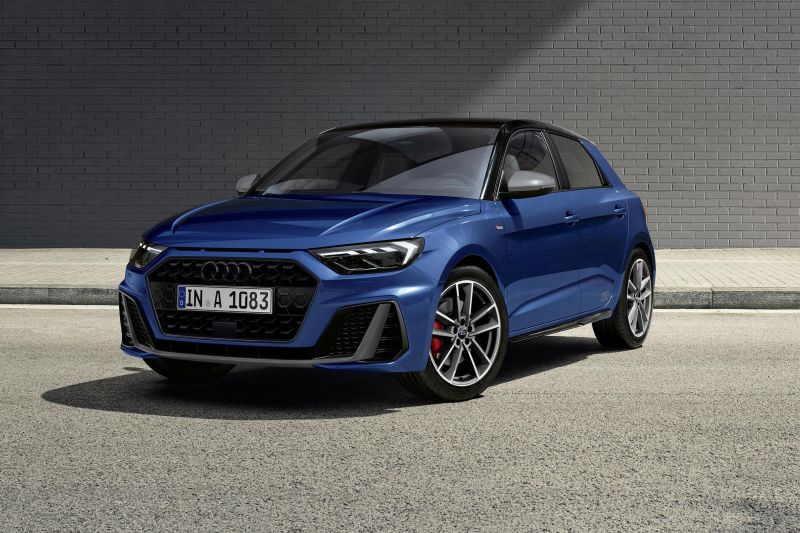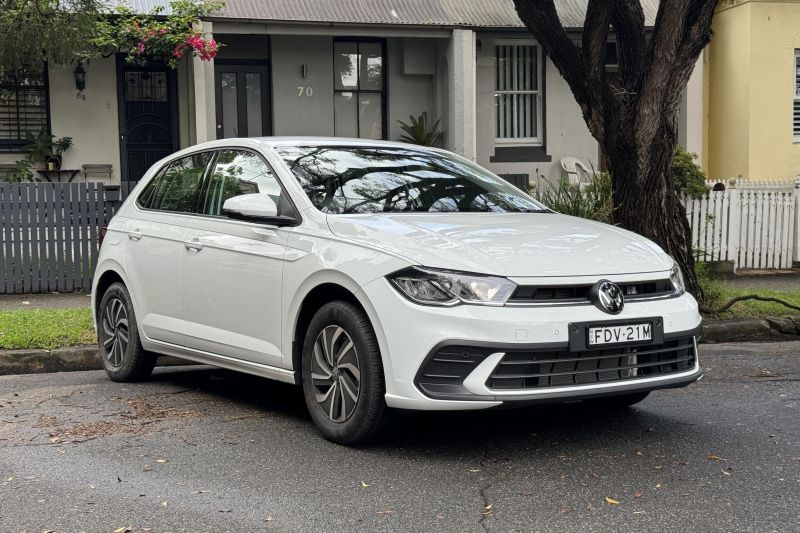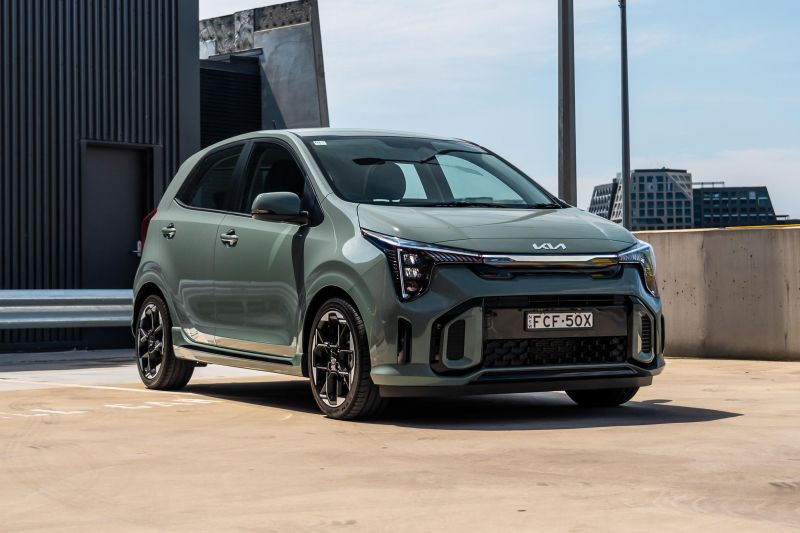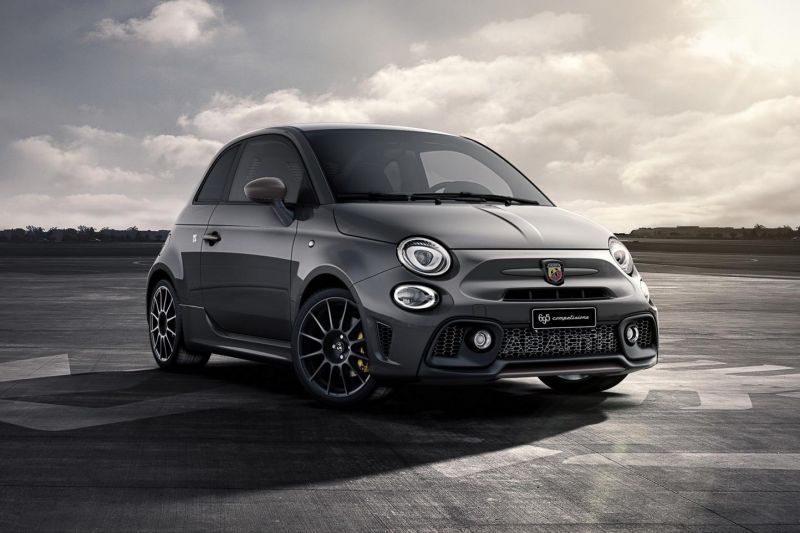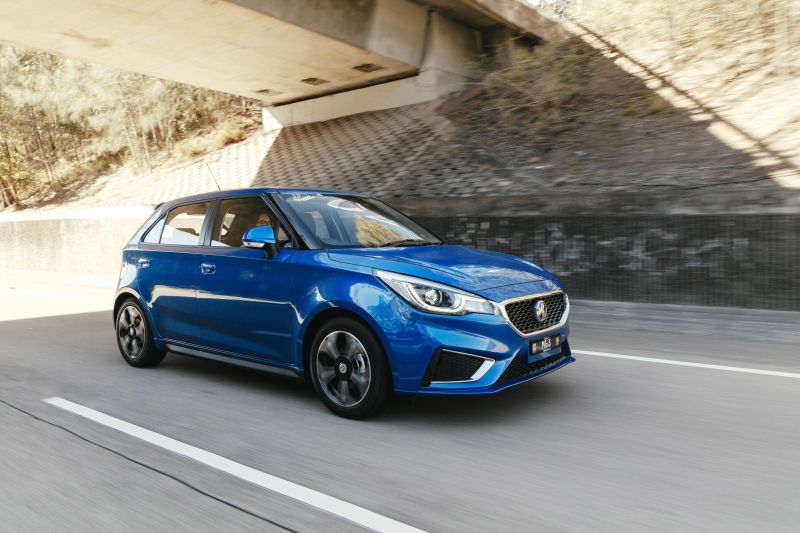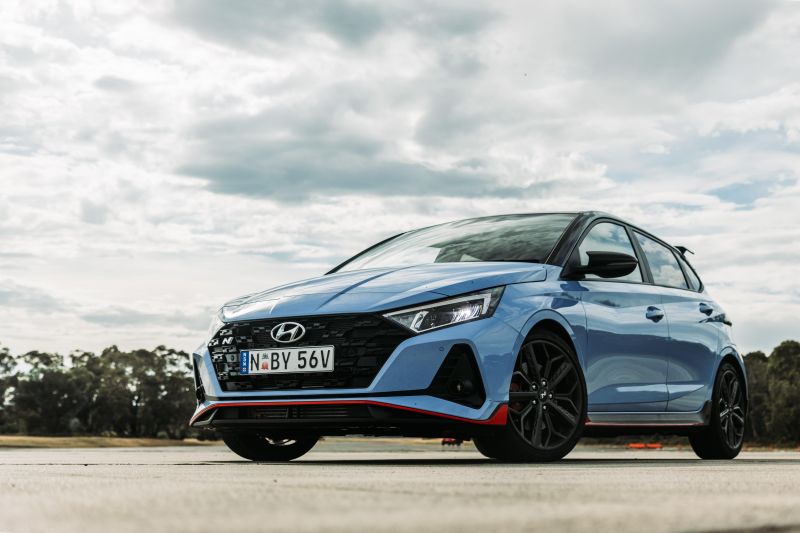
If you’re looking to save money on a small runaround, you’re probably hoping to save on fuel too.
In the micro and light car categories, where electric and hybrid options are few and far between, there are a range of petrol models to choose from.
We’ve compared cars in the micro, light under $30,000, and light over $30,000 categories on the VFACTS sales charts to see which performs best on claimed fuel economy.
For each model we’ve only taken the best-performing variant in the respective range, as some trim levels, powertrain, or transmission options can create different figures to those quoted below.
The electric offerings in this segment are limited to the Fiat 500e, Abarth 500e, and the MINI Cooper SE, which will be covered in a separate article.
Toyota Yaris
The sole hybrid-only offering in this segment, the Toyota Yaris dominates in the fuel economy rankings at just 3.3 litres per 100 kilometres on the combined cycle.
With a 36L fuel tank, the Yaris can offer a reasonable cruising range for a small car as well.
Given it’s not a plug-in hybrid, there’s no battery-only range for the Yaris. The electric motor kicks in at low speed, and can also assist the engine if you need more performance at higher speeds.
There is a downside, however, as the two Yaris variants are relatively pricey, with the lower-level SX starting at $30,190 before on-road costs and the ZR at $33,260 before on-roads.
| Toyota Yaris | |
|---|---|
| Fuel economy (claimed) | 3.3L/100km |
| Fuel tank capacity | 36L |
| Fuel type | 91 RON |
BUY: Get in touch with a dealer about a Toyota Yaris
MORE: Everything Toyota Yaris
Suzuki Swift
The Swift is the most efficient petrol-only option on this list, sipping a light 4.8L/100km.
Specifically the GL Auto variant is the most efficient Swift, which features a 1.2L four-cylinder engine and a 37L fuel tank.
The GL Navi also posts the same figures and is available for $23,490 before on-road costs in Queensland, while the GL Auto can be purchased across the rest of Australia for $24,490 before on-roads.
The city-focused hatch comes with a five-year, unlimited-kilometre warranty, and wired Apple CarPlay and Android Auto.
| Suzuki Swift | |
|---|---|
| Fuel economy (claimed) | 4.8L/100km |
| Fuel tank capacity | 37L |
| Fuel type | 91 RON |
BUY: Get in touch with a dealer about a Suzuki Swift
MORE: Everything Suzuki Swift
Fiat 500
Leader in the micro car category is the Fiat 500, whose automatic Dolcevita variant records a combined 4.8L/100km.
While you don’t get wireless phone connectivity or a large boot, you do get a 35L fuel tank that’s on a par with most rivals.
Although it is efficient, the 500 is the first car on this list to require more expensive 95 RON premium unleaded petrol.
| Fiat 500 | |
|---|---|
| Fuel economy (claimed) | 4.8L/100km |
| Fuel tank capacity | 35L |
| Fuel type | 95 RON |
BUY: Get in touch with a dealer about a Fiat 500
MORE: Everything Fiat 500
Skoda Fabia
The Skoda Fabia leads the way for fuel economy among the more expensive light cars on this list.
Recording 4.9L/100km from its 40L tank, the Fabia backs its frugal engine with the biggest boot size in the segment.
Like the Fiat, the Fabia also calls for premium unleaded petrol but maintains several creature comforts like wireless Apple CarPlay.
The Fabia comes with a lengthy seven-year, unlimited-kilometre warranty.
| Skoda Fabia | |
|---|---|
| Fuel economy (claimed) | 4.9L/100km |
| Fuel tank capacity | 40L |
| Fuel type | 95 RON |
BUY: Get in touch with a dealer about a Skoda Fabia
MORE: Everything Skoda Fabia
Mini Cooper
The refreshed Cooper is the most expensive car on this list and is set to arrive in Australia later this year. Mini claims a fuel economy 5.2L/100km for its base Cooper C.
Starting at $41,990 before on-road costs for the Cooper C Core and topping out at the Favoured at $47,326 before on-roads, the Cooper C is the cheapest and most efficient of the petrol Coopers.
While the Cooper S only performs marginally worse at 5.3L/100km, its range starts at $49,990 before on-road costs and reaches as high as $54,990 before on-roads for the top-of-the-line JCW Sport.
| Mini Cooper | |
|---|---|
| Fuel economy (claimed) | 5.2L/100km |
| Fuel tank capacity | 44L |
| Fuel type | 95 RON |
BUY: Get in touch with a dealer about a Mini Cooper
MORE: Everything Mini Cooper
Citroen C3
The C3 sits on the cheaper end of its VFACTS segment, but holds its own against its competition in fuel efficiency.
Another car that needs 95 RON premium unleaded petrol, the Citroen C3 puts up 5.2L/100km on the combined cycle.
Citroen offers a five-year, unlimited-kilometre warranty and includes features like wireless Apple CarPlay and Android Auto, lane departure warning, brake assist, and blind spot monitoring.
| Citroen C3 | |
|---|---|
| Fuel economy (claimed) | 5.2L/100km |
| Fuel tank capacity | 45L |
| Fuel type | 95 RON |
BUY: Get in touch with a dealer about a Citroen C3
MORE: Everything Citroen C3
Audi A1
Keeping with the premium unleaded petrol trend, the Audi A1 is capable of a combined 5.3L/100km.
Specifically the A1 35 TFSI is the most efficient, with its 1.5L turbo four-cylinder engine sipping less fuel than the 1.0L A1 30.
The 35 TFSI adds 17-inch alloy wheels to the standard 10.25-inch digital instrument cluster and 10.1-inch infotainment display, however only wireless Apple CarPlay is available on the A1 40.
The Audi A1 line comes with a five-year, unlimited-kilometre warranty.
| Audi A1 | |
|---|---|
| Fuel economy (claimed) | 5.3L/100km |
| Fuel tank capacity | 40L |
| Fuel type | 95 RON |
BUY: Get in touch with a dealer about an Audi A1
MORE: Everything Audi A1
Mazda 2
The Mazda 2 matches the A1 with its combined 5.3L/100km, but only needs cheaper 91 RON unleaded petrol.
Of the four Mazda 2 variants, it’s the three automatic options that are the most efficient.
The autos offer a combined 5.3L/100km and start with the G15 Pure SP, priced at $25,670 before on-road costs.
The Mazda 2 also offers wireless Apple CarPlay and wired Android Auto, and comes with a five-year, unlimited-kilometre warranty.
| Mazda2 | |
|---|---|
| Fuel economy (claimed) | 5.3L/100km |
| Fuel tank capacity | 44L |
| Fuel type | 91 RON |
BUY: Get in touch with a dealer about a Mazda 2
MORE: Everything Mazda 2
Volkswagen Polo
Two Polo variants claim 5.4L/100km, however both require 95 RON premium unleaded petrol and are the most expensive in their VFACTS segment.
At $29,490 before on-road costs, the Polo Life barely sneaks into the sub-$30,000 bracket.
The Life also shares its 1.0L turbocharged three-cylinder with the Polo Style, which is priced at $32,540 before on-roads.
The Polo also features the second-best boot capacity in its segment, however it’s lacking wireless smartphone mirroring unless you opt for a vehicle with built-in satellite navigation.
Volkswagen offers five-year, unlimited-kilometre warranty across the Polo range.
| Volkswagen Polo | |
|---|---|
| Fuel economy (claimed) | 5.4L/100km |
| Fuel tank capacity | 40L |
| Fuel type | 95 RON |
BUY: Get in touch with a dealer about a Volkswagen Polo
MORE: Everything Volkswagen Polo
Kia Picanto
The tiny Picanto matches the bigger Polo’s combined 5.4L/100km – and its ‘micro car’ frame still fits five doors.
The Picanto Sport is the most efficient in the range and starts at $17,890 before on-road costs, with the top GT-Line variant raising the economy to 6.0L/100km and the price to $21,290 before on-roads.
Kia Australia also offers a seven-year, unlimited-kilometre warranty, and the Picanto includes wireless phone connectivity for both Apple and Android devices.
| Kia Picanto | |
|---|---|
| Fuel economy (claimed) | 5.4L/100km |
| Fuel tank capacity | 35L |
| Fuel type | 91 RON |
BUY: Get in touch with a dealer about a Kia Picanto
MORE: Everything Kia Picanto
Abarth 695
The 695 is expensive and thirsty for its size, coming in with a claimed 5.8L/100km on the combined cycle.
With a 1.4L turbocharged four-cylinder, the automatic variant posts more efficient figures than its manual counterpart but demands a price tag that is $2000 more expensive.
At $39,990 before on-road costs, the 695 also drinks 95 RON premium unleaded petrol.
Abarth only offers a three-year, 150,000km warranty alongside wired Apple CarPlay and Android Auto.
| Abarth 695 | |
|---|---|
| Fuel economy (claimed) | 5.8L/100km |
| Fuel tank capacity | 35L |
| Fuel type | 95 RON |
BUY: Get in touch with a dealer about an Abarth 695
MORE: Everything Abarth 695
MG 3
The MG 3 is the cheapest new car on sale in Australia, but its claimed fuel economy of 6.7L/100km means it may not be the cheapest to run.
That’s a high figure for such a cheap car, and is more expensive to run due to its requirement of premium unleaded petrol and a 45L tank.
Like the Kia Picanto, the MG 3 has a seven-year, unlimited-kilometre warranty.
| MG 3 | |
|---|---|
| Fuel economy (claimed) | 6.7L/100km |
| Fuel tank capacity | 45L |
| Fuel type | 95 RON |
BUY: Get in touch with a dealer about an MG 3
MORE: Everything MG 3
Hyundai i20 N
As one of the few performance-oriented cars on this list, the i20 N performs the worst in terms of fuel efficiency with a claimed 6.9L/100km on the combined cycle.
The hot i20 N comes with a 1.6L turbocharged four-cylinder engine that comes at a detriment to its fuel economy… but makes it the quickest car on this list.
The i20 N starts at $34,990 before on-road costs but lacks wireless phone connectivity, although Hyundai offers a five-year, unlimited-kilometre warranty.
| Hyundai i20 N | |
|---|---|
| Fuel economy (claimed) | 6.9L/100km |
| Fuel tank capacity | 40L |
| Fuel type | 91 RON |
BUY: Get in touch with a dealer about a Hyundai i20 N
MORE: Everything Hyundai i20 N


